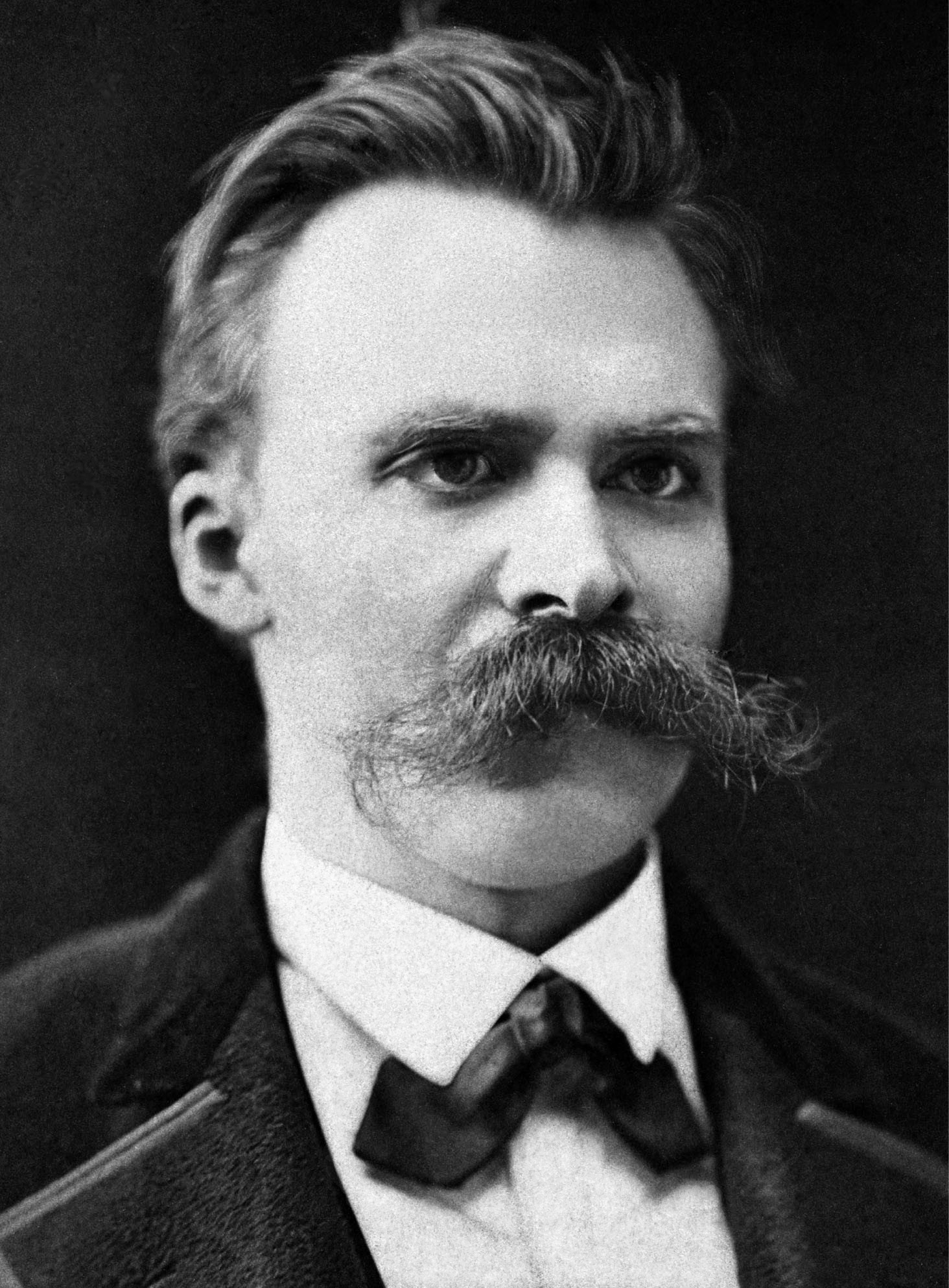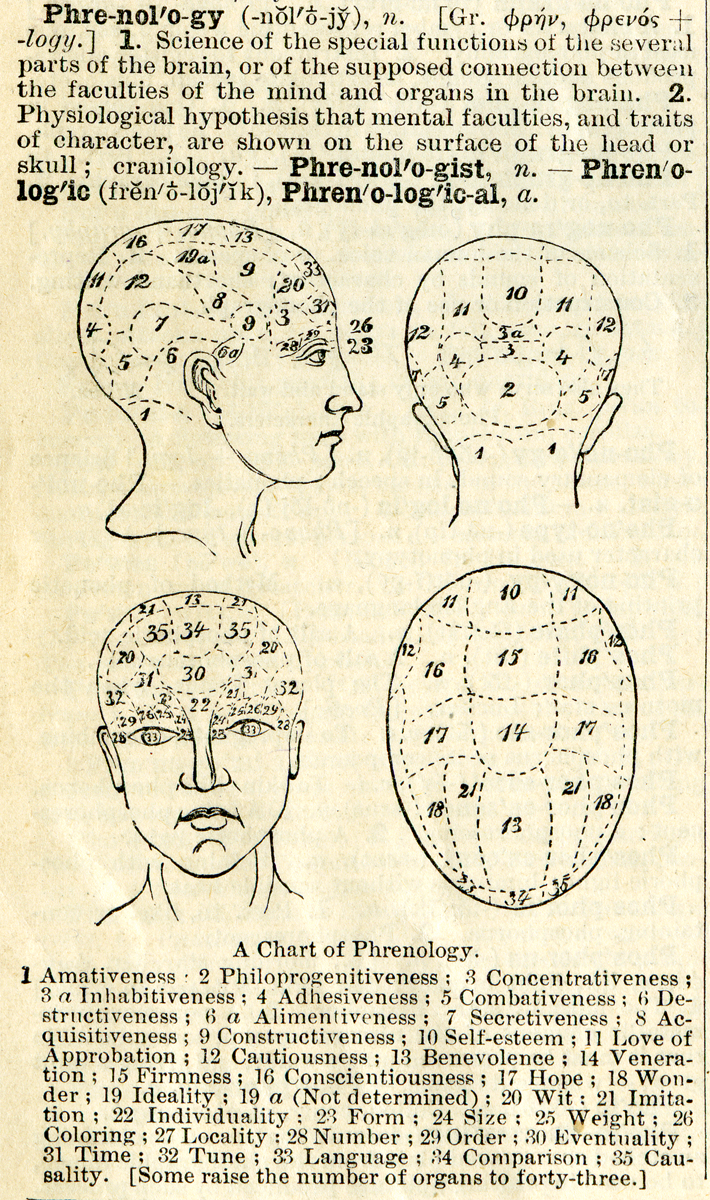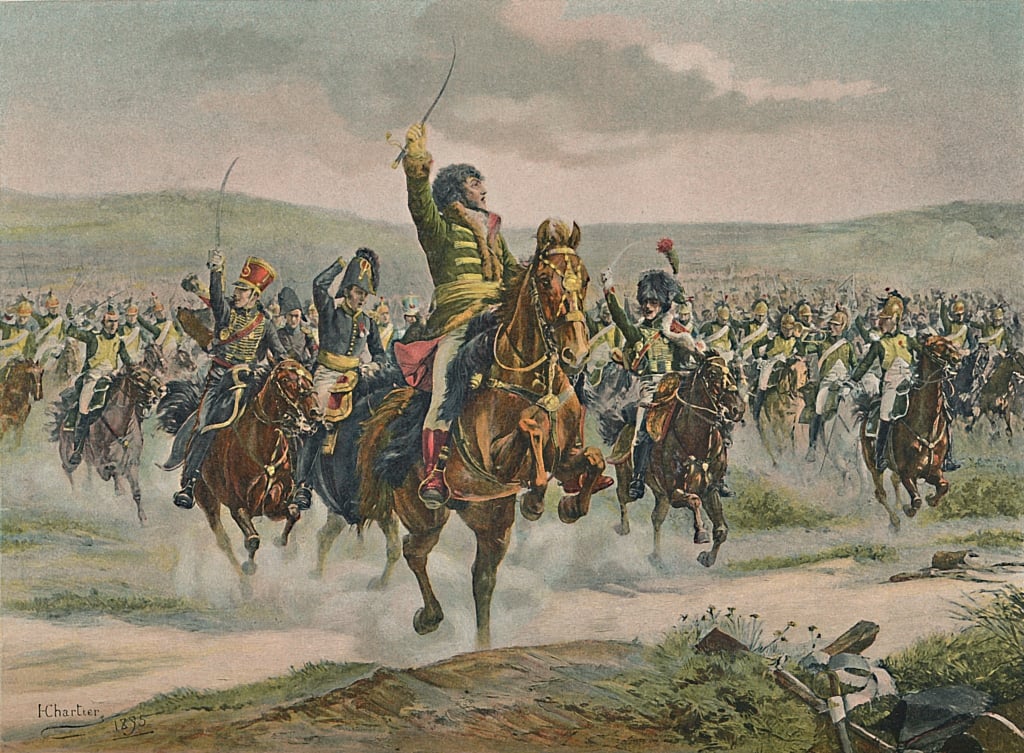|
Maddalena Lunatic Asylum
The Maddalena lunatic asylum was a famous insane asylum, established in 1813The North American Medical and Surgical Journal, 1831, Page 36. in Aversa, near Naples, Italy. It was founded by Joachim Murat, and for a time led by the phrenologist Luigi Ferrarese. It was "a celebrated lunatic asylum,"Cook's tourist's handbook for southern Italy, Rome, and Sicily by Thomas Cook, 1905, Page 219 both for its size and grandeur and for being "one of the earliest to discard the old system of harsh restraint." The physical facilities of the asylum were described as follows: It was divided into three distinct parts. The first was a converted former Franciscan convent, and was used to house male patients who were "affected with the different forms of lunacy, uncomplicated, however, with other nervous complaints." A second facility housed patients who, "in addition to mental derangement, were affected with epilepsy," and a third house was for female patients of all manner of diagnosis. Lady Bles ... [...More Info...] [...Related Items...] OR: [Wikipedia] [Google] [Baidu] |
Aversa
Aversa () is a city and ''comune'' in the Province of Caserta in Campania, southern Italy, about 24 km north of Naples. It is the centre of an agricultural district, the ''Agro Aversano'', producing wine and cheese (famous for the typical buffalo mozzarella). Aversa is also the main seat of the faculties of Architecture and Engineering of the ''Seconda università degli studi di Napoli'' (Second University of Naples). With a population of 52,974 (2017), it is the second city of the province after Caserta. Geography Aversa is located near the city of Naples; it is separated by only 24 kilometres from Naples and by 26 kilometres from Caserta, the administrative centre of the province of the same name. The municipality borders Carinaro, Casaluce, Cesa, Frignano, Giugliano in Campania, Gricignano di Aversa, Lusciano, San Marcellino, Sant'Antimo, Teverola and Trentola Ducenta. It is located in a fertile coastal plain north of Naples, thus serving as a market for agricultur ... [...More Info...] [...Related Items...] OR: [Wikipedia] [Google] [Baidu] |
Capua
Capua ( , ) is a city and ''comune'' in the province of Caserta, in the region of Campania, southern Italy, situated north of Naples, on the northeastern edge of the Campanian plain. History Ancient era The name of Capua comes from the Etruscan ''Capeva''. The meaning is 'City of Marshes'. Its foundation is attributed by Cato the Elder to the Etruscans, and the date given as about 260 years before it was "taken" by Rome. If this is true it refers not to its capture in the Second Punic War (211 BC) but to its submission to Rome in 338 BC, placing the date of foundation at about 600 BC, while Etruscan power was at its highest. In the area several settlements of the Villanovian civilization were present in prehistoric times, and these were probably enlarged by the Oscans and subsequently by the Etruscans. Etruscan supremacy in Campania came to an end with the Samnite invasion in the latter half of the 5th century BC. About 424 BC it was captured by the Samnites and in 343 BC be ... [...More Info...] [...Related Items...] OR: [Wikipedia] [Google] [Baidu] |
Buildings And Structures In The Province Of Caserta
A building, or edifice, is an enclosed structure with a roof and walls standing more or less permanently in one place, such as a house or factory (although there's also portable buildings). Buildings come in a variety of sizes, shapes, and functions, and have been adapted throughout history for a wide number of factors, from building materials available, to weather conditions, land prices, ground conditions, specific uses, prestige, and aesthetic reasons. To better understand the term ''building'' compare the list of nonbuilding structures. Buildings serve several societal needs – primarily as shelter from weather, security, living space, privacy, to store belongings, and to comfortably live and work. A building as a shelter represents a physical division of the human habitat (a place of comfort and safety) and the ''outside'' (a place that at times may be harsh and harmful). Ever since the first cave paintings, buildings have also become objects or canvasses of much artistic ... [...More Info...] [...Related Items...] OR: [Wikipedia] [Google] [Baidu] |
Defunct Hospitals In Italy
{{Disambiguation ...
Defunct (no longer in use or active) may refer to: * ''Defunct'' (video game), 2014 * Zombie process or defunct process, in Unix-like operating systems See also * * :Former entities * End-of-life product * Obsolescence Obsolescence is the state of being which occurs when an object, service, or practice is no longer maintained or required even though it may still be in good working order. It usually happens when something that is more efficient or less risky r ... [...More Info...] [...Related Items...] OR: [Wikipedia] [Google] [Baidu] |
Hospitals Established In 1813
A hospital is a health care institution providing patient treatment with specialized health science and auxiliary healthcare staff and medical equipment. The best-known type of hospital is the general hospital, which typically has an emergency department to treat urgent health problems ranging from fire and accident victims to a sudden illness. A district hospital typically is the major health care facility in its region, with many beds for intensive care and additional beds for patients who need long-term care. Specialized hospitals include trauma centers, rehabilitation hospitals, children's hospitals, seniors' (geriatric) hospitals, and hospitals for dealing with specific medical needs such as psychiatric treatment (see psychiatric hospital) and certain disease categories. Specialized hospitals can help reduce health care costs compared to general hospitals. Hospitals are classified as general, specialty, or government depending on the sources of income received. A teaching ... [...More Info...] [...Related Items...] OR: [Wikipedia] [Google] [Baidu] |
1813 Establishments In Italy
Events January–March * January 18–January 23 – War of 1812: The Battle of Frenchtown is fought in modern-day Monroe, Michigan between the United States and a British and Native American alliance. * January 24 – The Philharmonic Society (later the Royal Philharmonic Society) is founded in London. * January 28 – Jane Austen's '' Pride and Prejudice'' is published anonymously in London. * January 31 – The Assembly of the Year XIII is inaugurated in Buenos Aires. * February – War of 1812 in North America: General William Henry Harrison sends out an expedition to burn the British vessels at Fort Malden by going across Lake Erie via the Bass Islands in sleighs, but the ice is not hard enough, and the expedition returns. * February 3 – Argentine War of Independence: José de San Martín and his Regiment of Mounted Grenadiers gain a largely symbolic victory against a Spanish royalist army in the Battle of San Lorenzo. * Februa ... [...More Info...] [...Related Items...] OR: [Wikipedia] [Google] [Baidu] |
Edward Chaney
Edward Chaney (born 1951) is a British cultural historian. He is Professor Emeritus at Solent University and Honorary Professor at University College London (School of European Languages, Culture and Society (SELCS) – Centre for Early Modern Exchanges London). He is an authority on the evolution of the Grand Tour, Anglo-Italian cultural relations, the history of collecting, Inigo Jones and the legacy of ancient Egypt. He also publishes on aspects of 20th-century British art. In 2003, he was made a Commendatore of the Italian Republic. He is the biographer of Gerald Basil Edwards, author of '' The Book of Ebenezer Le Page'' which he succeeded in publishing following the author's death in 1976. This has since been recognised as a twentieth-century classic. Life Education He was educated at Leighton Park School, Reading, Ealing School of Art and subsequently gained a first class degree in History of Art at Reading University. He completed an MPhil and PhD at the Warburg In ... [...More Info...] [...Related Items...] OR: [Wikipedia] [Google] [Baidu] |
Michel Foucault
Paul-Michel Foucault (, ; ; 15 October 192625 June 1984) was a French philosopher, historian of ideas, writer, political activist, and literary critic. Foucault's theories primarily address the relationship between power and knowledge, and how they are used as a form of social control through societal institutions. Though often cited as a structuralist and postmodernist, Foucault rejected these labels. His thought has influenced academics, especially those working in communication studies, anthropology, psychology, sociology, criminology, cultural studies, literary theory, feminism, Marxism and critical theory. Born in Poitiers, France, into an upper-middle-class family, Foucault was educated at the Lycée Henri-IV, at the École Normale Supérieure, where he developed an interest in philosophy and came under the influence of his tutors Jean Hyppolite and Louis Althusser, and at the University of Paris (Sorbonne), where he earned degrees in philosophy and psychology. Aft ... [...More Info...] [...Related Items...] OR: [Wikipedia] [Google] [Baidu] |
Luigi Ferrarese
Luigi Ferrarese (12 December 1795 – 8 August 1855) was an Italian physician and the leading proponent of phrenology in Italy in the nineteenth century.Yasgur's Homeopathic Dictionary, Jay Yasgur, 2003, p. 184. Biography He was born at Brienza, in the province of Potenza, to Nicola and Antonia Contardi. He received his first education in a Piarist school in Naples, studying Italian literature, Greek and Latin. After he graduated in medicine (1817), Ferrarese began to work at the Maddalena lunatic asylum ( Aversa) with the noted pioneer of psychiatry Biagio Miraglia,"A Visit to Dr Ferrarese of Naples", ''The Phrenological Journal, and Magazine of Moral Science'', George Combe, 1845, p. 139. and gave private lessons. He was a member of several institutions such as the Scientific Academies of Naples, Turin, Bologna, Padua and a corresponding member of the Phrenological Society of Paris. In 1848, he was elected as a deputy for the district of Potenza at the Neapolitan Parliamen ... [...More Info...] [...Related Items...] OR: [Wikipedia] [Google] [Baidu] |
Province Of Caserta
The Province of Caserta ( it, Provincia di Caserta) is a province in the Campania region of southern Italy. Its capital is the city of Caserta, situated about by road north of Naples. The province has an area of , and had a total population of 924,414 in 2016. The Palace of Caserta is located near to the city, a former royal residence which was constructed for the Bourbon kings of Naples. It was the largest palace and one of the largest buildings erected in Europe during the 18th century. In 1997, the palace was designated a UNESCO World Heritage Site. History The province of Caserta in the historical Terra di Lavoro region, also known as Liburia, covered the greatest expanse of territory around the 13th century when it extended from the Tyrrhenian Sea and the islands of Ponza and Ventotene to the Apennines and the southern end of the Roveto Valley. In the Kingdom of Naples and the Kingdom of the Two Sicilies, Caserta was one of the most important departments in southern Italy. ... [...More Info...] [...Related Items...] OR: [Wikipedia] [Google] [Baidu] |
Phrenologist
Phrenology () is a pseudoscience which involves the measurement of bumps on the skull to predict mental traits.Wihe, J. V. (2002). "Science and Pseudoscience: A Primer in Critical Thinking." In ''Encyclopedia of Pseudoscience'', pp. 195–203. California: Skeptics Society.Hines, T. (2002). ''Pseudoscience and the Paranormal''. New York: Prometheus Books. p. 200 It is based on the concept that the brain is the organ of the mind, and that certain brain areas have localized, specific functions or modules. It was said that the brain was composed of different muscles, so those that were used more often were bigger, resulting in the different skull shapes. This led to the reasoning behind why everyone had bumps on the skull in different locations. The brain "muscles" not being used as frequently remained small and were therefore not present on the exterior of the skull. Although both of those ideas have a basis in reality, phrenology generalized beyond empirical knowledge in a way that ... [...More Info...] [...Related Items...] OR: [Wikipedia] [Google] [Baidu] |
Joachim Murat
Joachim Murat ( , also , ; it, Gioacchino Murati; 25 March 1767 – 13 October 1815) was a French military commander and statesman who served during the French Revolutionary Wars and Napoleonic Wars. Under the French Empire he received the military titles of Marshal of the Empire and Admiral of France. He was the 1st Prince Murat, Grand Duke of Berg from 1806 to 1808 and King of Naples as Joachim-Napoleon ( it, Gioacchino Napoleone, links=no) from 1808 to 1815. He was the brother-in-law of Napoleon Bonaparte. Early life Murat was born on 25 March 1767 in La Bastide-Fortunière (later renamed Labastide-Murat after him), in Guyenne (the present-day French department of Lot). His father was Pierre Murat-Jordy (d. 27 July 1799), an affluent yeoman, innkeeper, postmaster and Roman Catholic churchwarden. His mother was Jeanne Loubières (1722 – 11 March 1806), the daughter of Pierre Loubières and his wife Jeanne Viellescazes. Murat's father, Pierre Murat-Jordy, was the s ... [...More Info...] [...Related Items...] OR: [Wikipedia] [Google] [Baidu] |







